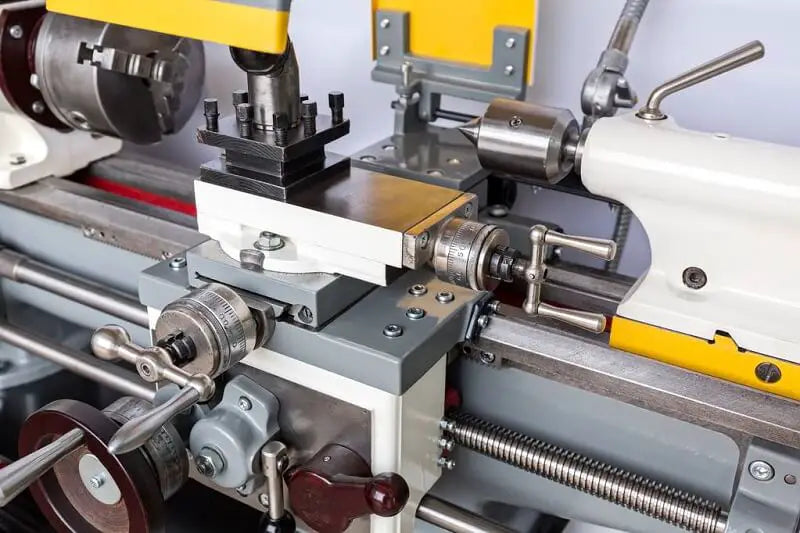What is a lathe?
A lathe is a machine tool that primarily uses a turning tool to turn a workpiece. In addition, drills, reamers, taps, thread dies and serrations can also be used on the lathe for specific processing.
Lathes are predominantly used to machine shafts, discs, sleeves and other parts with rotating surfaces. They are the most commonly used type of machine tool in machine manufacturing and repair shops.
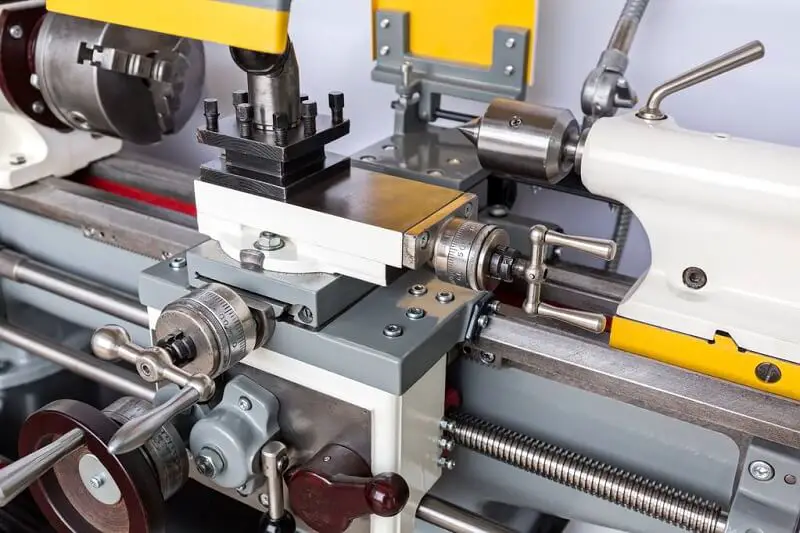
Well, after popularizing science, the topic “Mother of the Machine” should be discussed – the past and present life of the lathe.
The lathe prototype
The first prototype machine tool, the lathe, was created by our ancestors approximately 2,000 years ago to make working with tools easier.
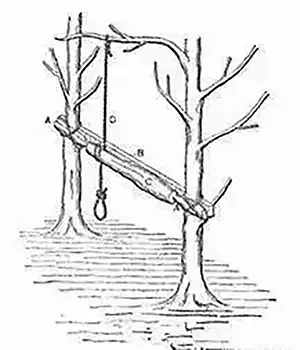
During the 13th century, the development of machine tools continued and it became necessary to find alternative methods of operation as it was no longer viable to hang them from a tree. This led to the creation of the “pedal lathe,” which used a pedal to turn the crankshaft and drive the flywheel. This, in turn, fed the spindle, making it rotate, and was also known as a flexible bar lathe.
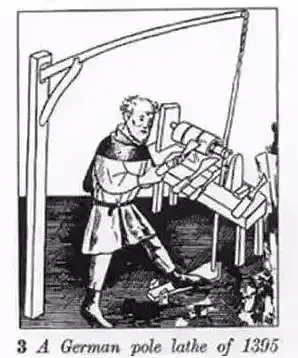
During the same period in China, the Ming dynasty published a remarkable book called “Tian Gong Kai Wu”, which documented the technologies of the Ming dynasty and the previous dynasty, demonstrating the significance of the “wisdom of the ancients”.
The book also described the structure of a grinding machine, which employed a similar principle to the medieval European foot-operated machine. This machine used the pedal method to rotate a metal plate and used sand and water to shape the jade.
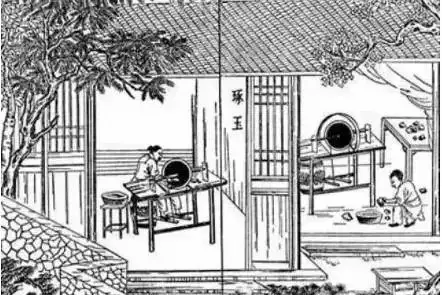
Structure of a grinding machine by Tian G Ong Kai C you
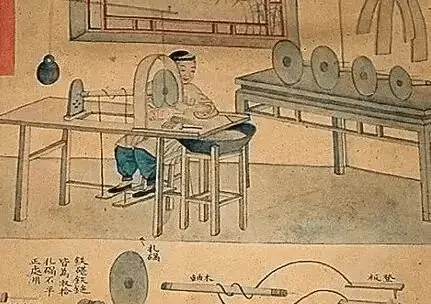
by Tian G Ong Kai C you
This process is similar to modern machining techniques such as boring, where a specialized tool called a Roman scale is used to remove small amounts of material from the jade inside. It is remarkable to consider the level of skill and knowledge of the ancient artisans.
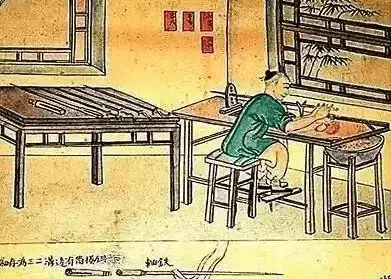
by Tian G Ong Kai C you
The birth of machine tools
In 1774, British inventor Wilkinson created the world's first true boring machine, the barrel boring machine.
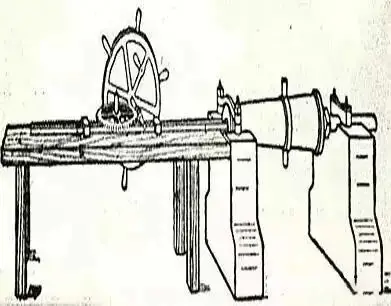
The barrel boring machine invented by Wilkinson was initially used to forge firearms. In 1775, Wilkinson used the cylinder bored by this machine to construct a new version of Wattner's leaky cylinder, which met the specifications required for Watt's steam engine.
To accommodate the drilling of larger cylinders, he built a cylinder boring machine powered by a water wheel in the same year, which contributed greatly to the advancement of steam engines.
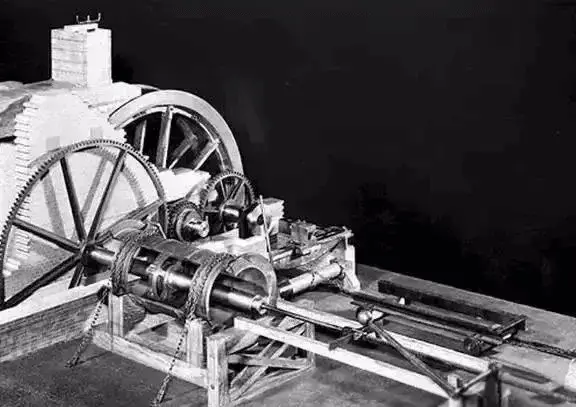
Wilkinson's cylinder boring machine, designed to forge larger cylinders, marked a turning point in the evolution of machine tools. From then on, the machine tool began to be powered by a steam engine using a crankshaft. The mutual assistance between the machine tool and the steam engine facilitated their simultaneous development and ushered in a dynamic era of industrial revolution.
The birth and popularization of the modern lathe prototype
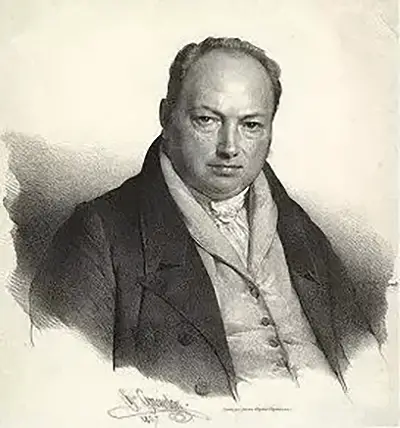
It is important to mention Henry Maudslay, the British inventor known as the “Father of the Lathe”. Maudslay is to the lathe as James Watt is to the steam engine.
In 1797, Maudslay created the world's first threading lathe, which featured a screw and a polished shank. This modern lathe, equipped with a sliding tool holder, could produce multi-pitch threads.
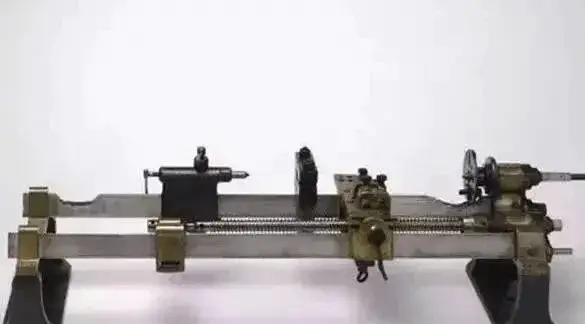
Maudslay lathe 1797
Maudslay continued to refine the lathe, and in 1800 he made a significant improvement by replacing the triangular iron bar frame with a solid cast iron base and the idler wheel with pairs of interchangeable gears.
This allowed the production of threads of different pitches without the need to change the screw. This prototype of the modern lathe, known as the epoch-making tool frame lathe, played a crucial role in the English Industrial Revolution.
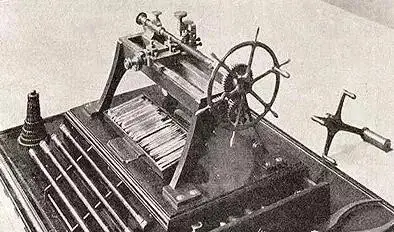
Maudslay 1800 lathe
To be more precise, Maudslay did not invent the lathe, but rather reinvented it based on the work of his predecessors and added automatic cutting capability. However, it was Maudslay's reimagining that made the lathe widely popular and gave rise to the lathe as we know it today.
The rapid development of all types of machine tools
In the 19th century, with the growth of several industries, the demand for different types of machine tools increased. In 1817, Roberts created the gantry lathe, and in 1818, Whitney of the United States invented the world's first general-purpose milling machine.
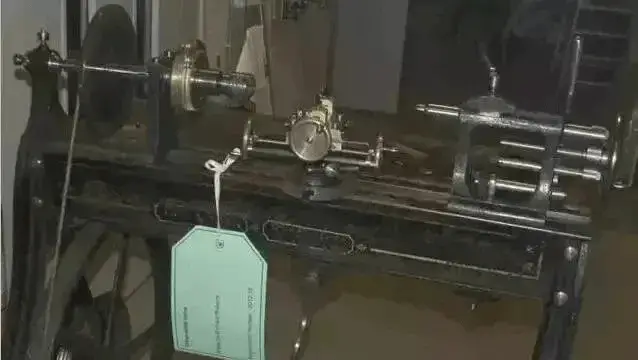
Roberts gantry lathe
To further improve mechanization and automation, in 1845, Fitch, from the United States, created the turret lathe. In 1848, rotary lathes were introduced in the United States, and in 1873, Spencer of the United States developed a single-spindle automatic lathe. This was quickly followed by the invention of an automatic three-spindle lathe.
In the early 20th century, lathes with gearboxes driven by a single motor became available.
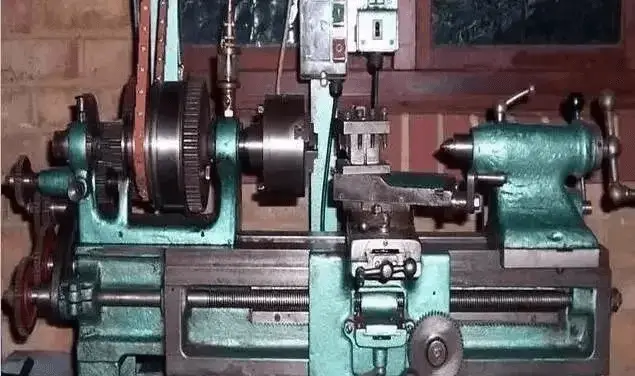
Spencer Machine Tools
In 1900, the American company Norton used emery and corundum to produce a large, wide grinding wheel, as well as a robust, sturdy grinder. This marked a major step forward in the development of grinding machines and raised machine manufacturing technology to a new level of precision.
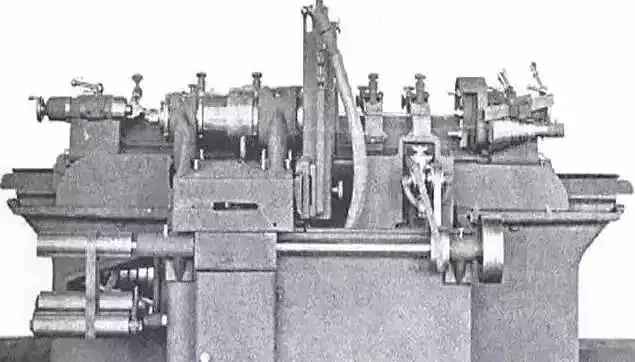
The Industrial Revolution was a period of explosive growth and development. During this period, machine tools constantly evolved and improved to increase the efficiency of industry and production. The inventors of these machine tools played a crucial role in shaping the world.
With the advent of high-speed tool steel and the widespread use of electric motors, machine tools underwent another epoch-making upgrade, moving from steam power to electrical power. This demonstrates the remarkable progress humanity has made over hundreds of years, moving from human power to water power to steam power and finally to electrical power.
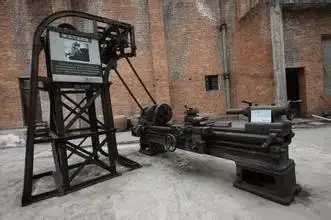
1910, old British lathe
After World War I, the development of various high-efficiency automatic lathes and specialized lathes accelerated rapidly due to the demands of the munitions, automobile and other machinery industries.
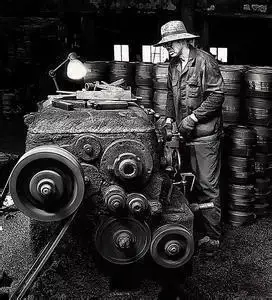
In the late 1940s, to increase the productivity of small batch workpieces, lathes equipped with hydraulic profiling devices were introduced. At the same time, multi-tool lathes were also developed.
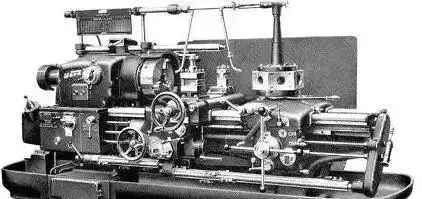
Electric machine tool after World War II
In the mid-1950s, program-controlled lathes equipped with punch cards, lock plates, and dials were developed. The use of CNC technology on lathes began in the 1960s and in the 1970s, microprocessors were directly integrated into CNC machines, further advancing the popularization and rapid development of CNC machine tools, which have continued to evolve to the present day. .
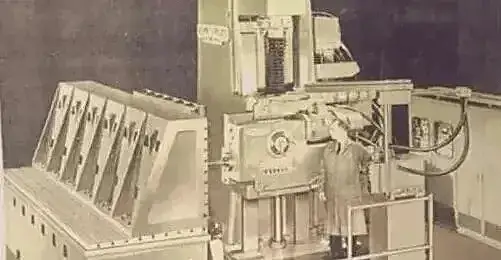
First CNC machine tools
The evolution of Chinese lathes: from belt lathes to five-axis lathes
For historical reasons, China missed the first three industrial revolutions. The real development of Chinese lathes began after the establishment of the People's Republic of China. At the beginning of the new China, the equipment manufacturing industry, including machine tools, was almost non-existent.
Through the tireless efforts of workers, China's first batch of machine tools were successfully produced under challenging conditions of poverty and lack of resources.
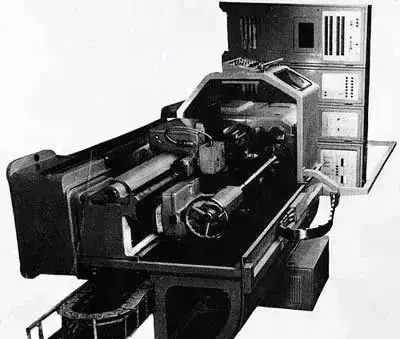
In 1949, New China's first lathe, a six-foot belt lathe, was finally manufactured in Shenyang No. 1 Machine Tool Factory.
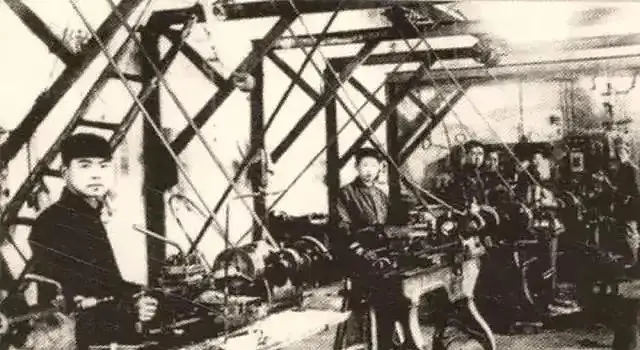
Workers in the photo are operating a belt lathe
The arrival of this batch of machine tools and subsequent mass production significantly supported the country's industrialization and resulted in many subsequent production marvels.
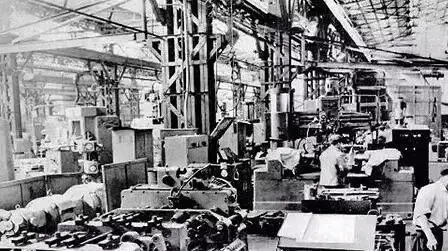
Machining workshop of Shenyang No.1 machine tool factory
During the “First Five-Year Plan” period, the government renovated some machine repair factories and created new companies, identifying 18 major production companies that became known as the “Eighteen Arhats” in the machine tool industry. With technical support from the Soviet Union, these “Eighteen Arhat Factories” continually developed new machine tools.
For example, after Shenyang No. 1 Machine Tool Factory produced the first lathe in New China in 1949, it developed China's first C620-1 horizontal lathe in 1955 and began mass production.
In the same year, the Dalian machine tool factory began to produce a new machine tool, a universal shovel, and the Shanghai machine tool factory successfully produced a new cylindrical grinding machine. In 1956, Ji'er Machine Tool mass-produced a planer and a spiral friction press (the factory had previously developed China's first large planer and first large mechanical press in 1953 and 1955, respectively).
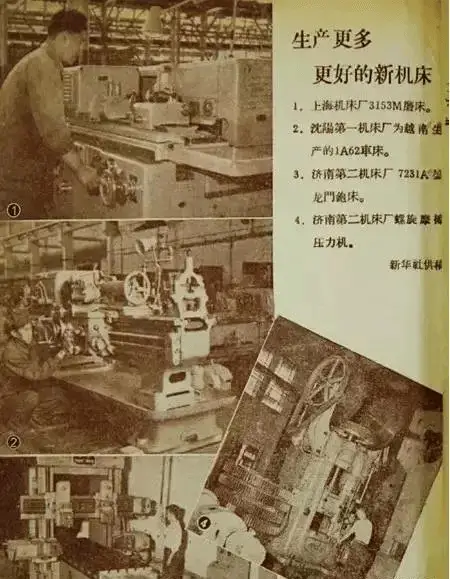
In the summer of 1958, New China's first CNC milling machine was finally developed – the X53K1. It was jointly created by Tsinghua University and Beijing First Machine Tool Factory, and was also the first CNC machine in Asia.
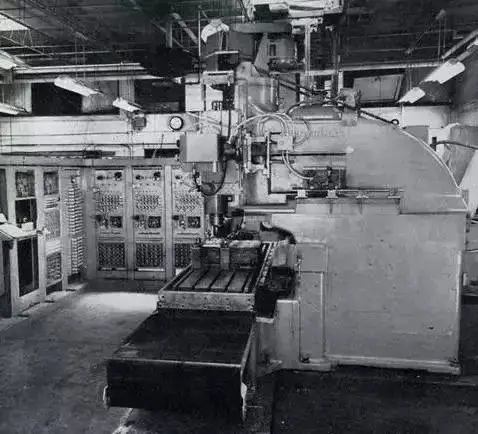
New China's first CNC milling machine is finally born – X53K1
The successful development of the X53K1 marked a major leap in the history of China's machinery industry and signaled a shift from manual labor to technology-based machining. However, due to foreign technology roadblocks and domestic limitations, China's CNC technology has not advanced significantly for nearly 30 years.
After the implementation of reforms and opening up, China has experienced a resurgence in the development of the machine tool industry, and the types and models of machine tools have become increasingly diverse. To date, a wide range of lathes, including vertical, horizontal, multi-axis, CNC carriages, turning and milling compounds and more, have been developed.
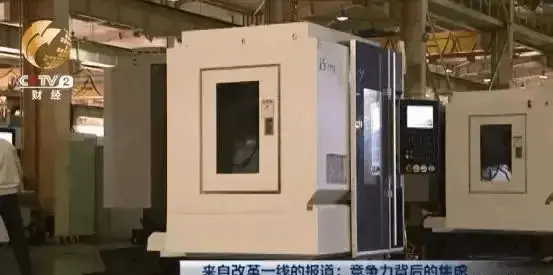
In 2012, Shenyang Machine Tool Company independently developed and designed the first “i5 CNC system” with network intelligence capabilities and successfully brought it to market. This marked the end of China's dependence on imports of high-quality CNC machine tool systems.
Today, China has been the world's largest machine tool market for eight consecutive years and is the only country in the world to produce all categories of machine tools.
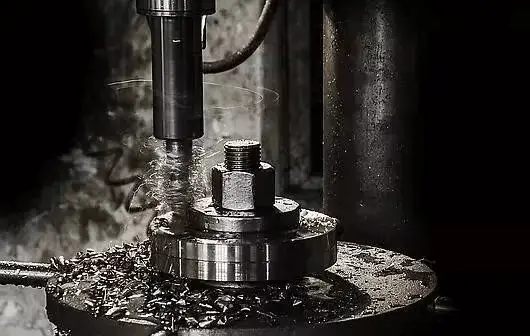
The increasing development of CNC lathes has made them a trend in the industry. However, it is expected that conventional lathes will still be around for a certain period of time as they are more economical and save time for small volume orders.
The transition to an intelligent transformation from machine replacements to “world domination” will take a relatively long time to complete. However, the eventual elimination of conventional lathes from the market is inevitable.

